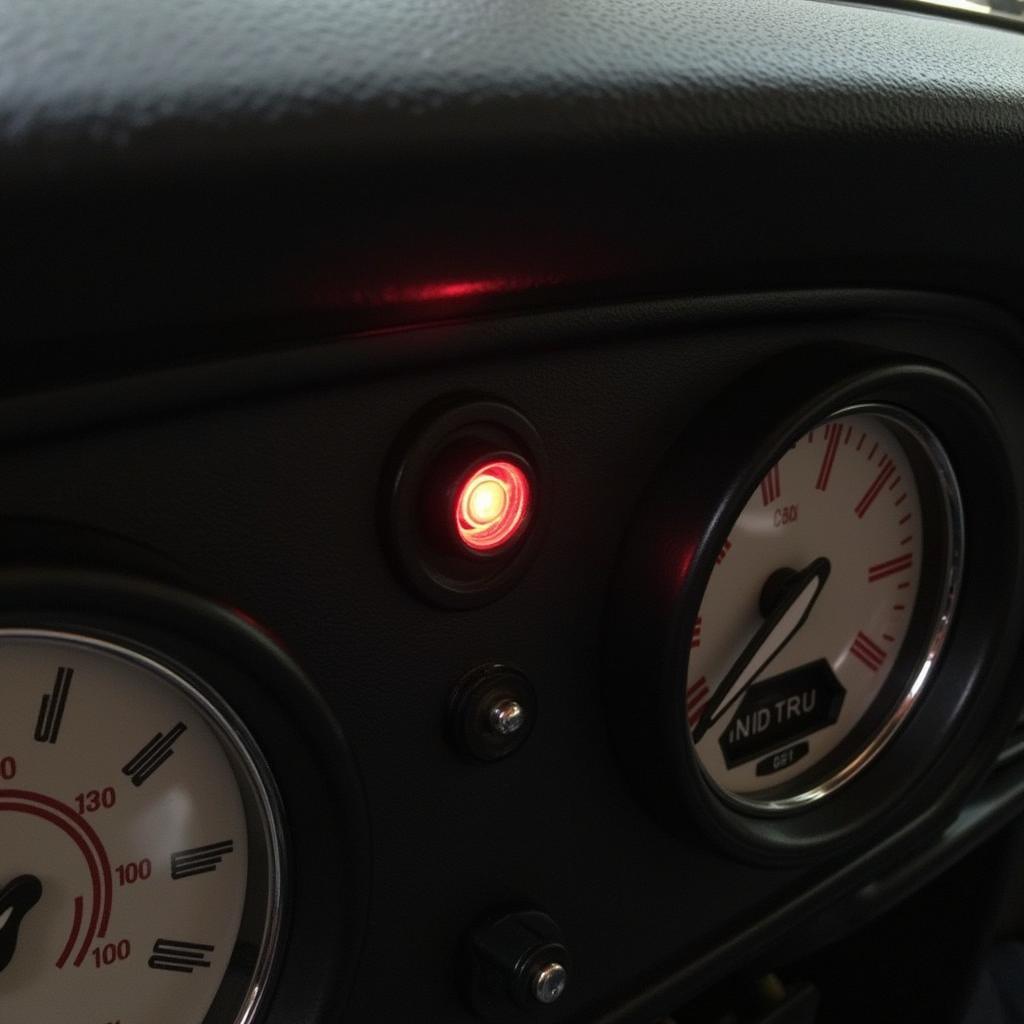A dead car battery is frustrating, especially when it seems to happen out of the blue. Often, the culprit is a parasitic draw, slowly draining your battery even when the car is off. Learning how to check for draw on car battery is a vital skill for any car owner. This guide will walk you through the process, from simple checks to more advanced diagnostic techniques. check draw on car battery
Understanding Parasitic Battery Draw
A parasitic draw, also known as a “key-off” drain, occurs when an electrical component continues to consume power even after the vehicle is turned off and the key is removed. This can range from a small drain caused by a forgotten interior light to a significant drain caused by a faulty module or relay. Over time, even a small draw can deplete your battery, leaving you stranded.
Why Check Current Draw on Car Battery?
Regularly checking the current draw on your car battery can help identify potential issues before they lead to a dead battery. It allows you to pinpoint faulty components, prevent unnecessary expenses on new batteries, and ensure your vehicle is always ready to go. check current draw on car battery
How to Check for Draw on Car Battery: Step-by-Step Guide
Gathering the Necessary Tools
You’ll need a few tools for this process:
- Digital Multimeter: This is essential for measuring the current draw.
- Test Light: A helpful tool for quick preliminary checks.
- Jumper Cables (Optional): In case your battery is already dead.
- Protective Gear: Safety glasses and gloves are recommended.
Preparing Your Vehicle
- Park your car in a safe, well-ventilated area.
- Turn off all accessories, lights, and the ignition.
- Remove the key from the ignition.
- Close all doors and ensure no interior lights are on.
Measuring the Current Draw with a Multimeter
- Set your multimeter to the DC amps setting (usually marked “A” or “mA”).
- Disconnect the negative battery cable.
- Connect the multimeter in series with the negative battery terminal and the negative battery cable. The multimeter’s red lead should go to the negative battery cable, and the black lead should go to the negative battery terminal.
- Observe the reading on the multimeter. A healthy current draw should be around 25-50 milliamps (mA). Anything significantly higher indicates a potential problem.
Identifying the Source of the Draw
If you detect a high current draw, you need to identify the culprit. You can do this by systematically removing fuses one at a time while observing the multimeter reading. When the reading drops significantly, you’ve likely found the circuit with the faulty component. Refer to your owner’s manual to determine which components are on that circuit.
What if the Battery is Completely Dead?
If your battery is completely dead and won’t hold a charge, it might be time for a new one. dead battery not jumping However, if you recently experienced a dead battery, checking for a parasitic draw is essential to prevent the new battery from suffering the same fate. my battery was flat
Common Causes of Excessive Battery Drain
Several components can cause excessive battery drain:
- Interior Lights: A common culprit, especially map lights or glove compartment lights.
- Faulty Alternator: Although not strictly a parasitic draw, a faulty alternator can prevent the battery from charging properly. car battery fault symptoms
- Stuck Relays: A relay stuck in the “on” position can continuously draw power.
- Aftermarket Accessories: Improperly installed accessories, like stereos or alarms, can drain the battery.
- Faulty Modules: Malfunctioning electronic modules, such as the body control module or the radio, can contribute to excessive drain.
“A thorough check for parasitic draw is essential preventative maintenance,” says automotive electrical expert, Robert Hernandez. “It’s a straightforward process that can save you time, money, and the frustration of a dead battery.”
Conclusion
Knowing how to check for draw on car battery is a valuable skill for any driver. By following the steps outlined in this guide, you can identify and address potential battery drain issues, keeping your vehicle running smoothly and avoiding the inconvenience of a dead battery. Regularly checking for parasitic draw is a simple yet effective way to extend the life of your battery and ensure reliable starting every time.
FAQ
-
How often should I check for parasitic draw? It’s a good practice to check for draw at least once a year or if you notice your battery draining faster than usual.
-
What is a normal battery draw? A healthy draw should be between 25-50 milliamps.
-
Can I drive my car with a parasitic draw? You can, but the draw will eventually deplete your battery. It’s best to identify and fix the issue promptly.
-
What if I can’t find the source of the draw? If you’ve checked all the fuses and still can’t find the source, it’s best to consult a qualified automotive electrician.
-
Can a bad alternator cause a parasitic draw? While a bad alternator itself doesn’t cause a parasitic draw, it can prevent the battery from recharging, leading to similar symptoms.
-
Is it safe to disconnect the battery? Yes, it’s generally safe to disconnect the battery, but always take necessary precautions like wearing safety glasses and gloves.
-
What if my multimeter reading fluctuates? Some electronic modules might cycle on and off, causing fluctuations. Try observing the reading for a longer period to get a more accurate average.

